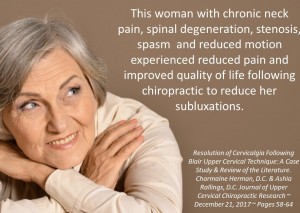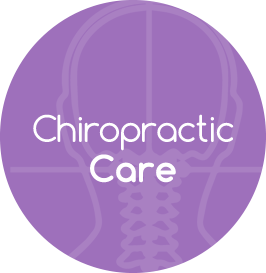 Spinal Stenosis Facts
Spinal Stenosis Facts
Spinal stenosis is an abnormal narrowing of the spinal canal that results in pressure on the spinal cord or nerve roots. Symptoms may include pain, numbness, or weakness in the arms or legs. Symptoms are typically gradual in onset and improve with bending forwards. Severe symptoms may include loss of bladder control, loss of bowel control, or sexual dysfunction. Causes may include osteoarthritis, rheumatoid arthritis, spinal tumors, trauma, Paget’s disease of the bone, scoliosis, spondylolisthesis, and the genetic condition achondroplasia. It can be classified by the part of the spine affected into cervical, thoracic, and lumbar stenosis. Diagnosis is generally based on symptoms and medical imaging.
Treatment may involve medications, bracing, or surgery. Medications may include NSAIDs, acetaminophen, or steroid injections. Stretching and strengthening exercises may also be useful. Limiting certain activities may be recommended. Surgery is typically only done if other treatments are not effective, with the usual procedure being a decompressive laminectomy. Spinal stenosis occurs in as many as 8% of people. It occurs most commonly in people over the age of 50. Males and females are affected equally commonly.
Nerves can become irritated by misaligned vertebrae, degeneration of discs and spine, inflammation, or herniated vertebral discs. Functional changes within these nerve roots often results in debilitating pain and consequently play a significant role in one’s quality of life. The principle aim of care in chiropractic is to adjust vertebral subluxation, which in turn may address the physical decline that arises from pain and physical activity intolerance. Desired outcomes of chiropractic care in adjusting the subluxations may include reduction of pain, increased function and enhanced quality of life. Joint immobility has been shown to induce degenerative changes. These changes can result in irreversible changes after two months of fixation. Without chiropractic adjustments, it would be expected that degeneration would continue to progress. This degeneration results in increased nerve irritation and increased symptoms.
Recent research suggests that appropriate chiropractic adjustments can aid in an effective means of helping a patient with back pain move from acute to supportive care. Correcting spinal subluxations may expedite the process of healing and therefore improve health.
Case Study
The patient reported on in this study was a 55-year-old female suffering with chronic neck pain and spinal degeneration so bad that her spinal canal was stenotic.
She was examined and x-rays were taken at the chiropractic clinic where they found abnormal posture, severe spinal degeneration, spinal canal stenosis and structural shifts in her upper neck. These structural shifts can lead to obstruction of the nerves and it is this obstruction, called vertebral subluxations, that chiropractors correct.
The woman underwent chiropractic care and after one month had resolution of all of her complaints.
Reference:
Resolution of Cervicalgia Secondary to Spinal Stenosis Following Blair Upper Cervical Technique: A Case Study & Review of the Literature. Charmaine Herman, D.C. & Ashia Rallings, D.C. Journal of Upper Cervical Chiropractic Research ˜ December 21, 2017 ˜ Pages 58-64


